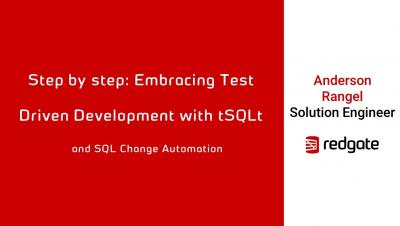Operations | Monitoring | ITSM | DevOps | Cloud
Databases
The latest News and Information on Databases and related technologies.
Overcoming Database DevOps Challenges: Part 1
Step by step: Embracing Test Driven Development with tSQLt
New plugins connect almost all of Redis for monitoring and visualization in Grafana
Mikhail Volkov is building observability and monitoring solutions at Volkov Labs and leading Redis plugins for Grafana. Since the Redis project first got underway in 2009, the open source in-memory data store has been embraced by thousands of companies of all types and sizes. According to Stackshare.io, well over 5,000 companies use Redis, including Uber, Airbnb, Twitter, Instagram, and Slack.
The Role of the DBA Is Changing
What Is the Database Server Doing?
A Beginner's Guide to Building and Maintaining Database Documentation
Top 10 metrics in PostgreSQL monitoring with Prometheus
PostgreSQL monitoring with Prometheus is an easy thing to do thanks to the PostgreSQL Exporter. PostgreSQL is an open-source relational database with a powerful community behind it. It’s very popular due to its strong stability and powerful data types. In this article, you’ll learn the top 10 metrics in PostgreSQL monitoring, with alert examples, both for PostgreSQL instances in Kubernetes and AWS RDS PostgreSQL instances.











